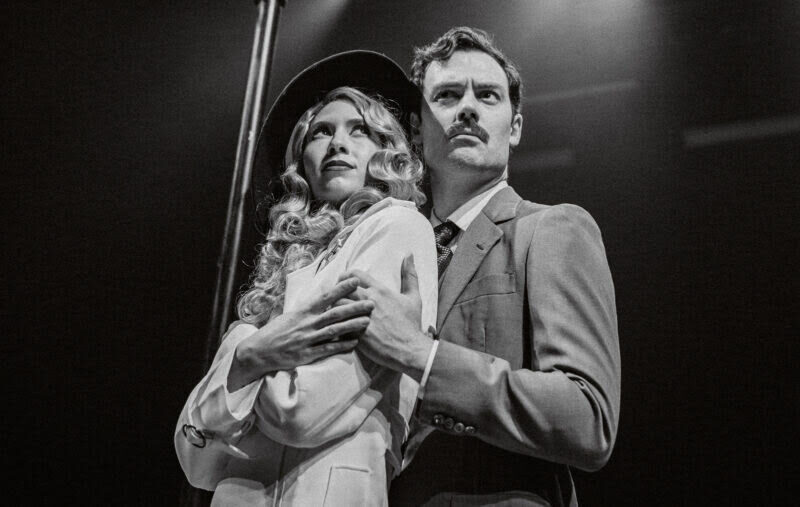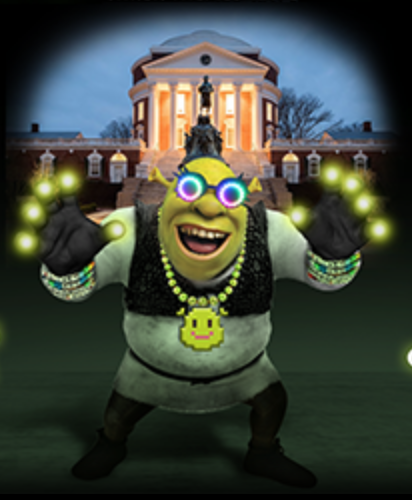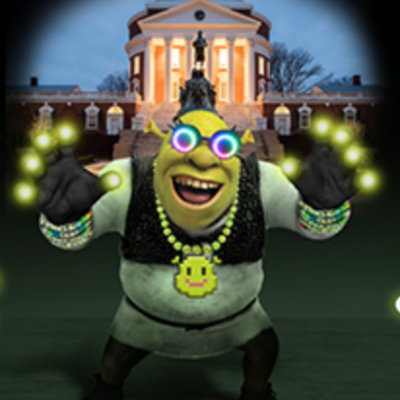His wife answers the phone. And it takes a bit for Buzz Osborne, the Melvins’ frontman, to pick up at his California home. No rush. A dog’s sporadically barking the entire time.
As the most recognizable Melvin, Osborne’s taken a good deal of heat over the years for various developments in the avant-metal band’s music. And he contrasts the flack he’s gotten for his new, solo acoustic endeavor, This Machine Kills Artists, with Bob Dylan being chastised by folkies when the troubadour went electric—same thing, just in reverse. But criticism is something Osborne (who uses the moniker King Buzzo) brushes off, and though it’d seem that adjusting to a wholly new way of performing would be of concern, it’s not.
“You’ve got to figure out anything; certainly me playing live, and with the Melvins on tour, we’ll switch stuff around until we figure out what’s right,” Osborne said of developing his new clutch of songs for performance. “I’m very much a believer in [playing] less like a jukebox and more like performance art.”
He had a run of about 15 shows in February to suss the whole thing out. But what Osborne concludes is that however the shows turn out, his set should be a stirring thing to witness.
“Music is way more powerful than painting. It’s way more emotional and takes you on a longer journey,” he said. “I could go see my favorite painting, whether it’s a Bosch painting in Madrid … I’m still not going to be as moved as if I listen to Funhouse by the Stooges.”
For some, the Melvins are their Stooges (not the comedy troupe, Iggy Pop’s old punk quartet). Starting in the mid-1980s, Osborne and company were something of a midwife to what would eventually get called grunge. And while the genre-name’s use has ebbed and flowed over the years, it means something very definitive. The Melvins wound up issuing three discs on a major label, coinciding with Nirvana’s ascent. And since parting with Atlantic Records, the band continued its sludgy cause. Osborne’s This Machine Kills Artists, which is the name of both a 10” and full length album with different track listings, touches on that past and includes cuts from when the Melvins were flirting with mainstream attention.
“I’d played those on acoustic for quite a while,” Osborne said of “Revolve,” originally a part of the very-much-electric 1994 Stoner Witch, and “Let God Be Your Gardener,” off 1989’s Ozma.
Osborne says his current live show consists of Melvins classics, and new work in equal parts, all delivered with his menacing yelp and played on an abused, acoustic guitar.
“By and large, millions of people won’t like what I’m doing. But there’ll be enough to make it worthwhile—and that’s my audience,” he said. “I’d love for millions of people to buy my records, but I realized a long time ago that mainstream success wasn’t something I’d have to worry about.”
It’d seem as if Osborne’s ditching a sound synonymous with an internationally known band. And he is, kinda. But the best and worst thing that might be said about This Machine Kills Artists is that it sounds like the Melvins’ founder demo-ing a spate of songs for an upcoming album.
“Do they say that about Bob Dylan or Neil Young? ‘Your records sound too much like you?’” Osborne asks impudently. “Are you kidding?”
He hasn’t (and realistically won’t ever) reach the stature of the performers he mentions, but Osborne has maintained a stunning persistence of vision over four decades of recording.
“Vaulting Over a Microphone,” a part of this newest batch of songs, somehow includes guitar playing with the tempo and demeanor of Osborne’s electric work. But the similarities—beyond the fact that this all comes from the same mind, tucked beneath that bizarre mop of graying, frizzy hair—have a bit to do with how the album was put together. Osborne says it was recorded slowly, over a number of years and that some of the songs might have begun as compositions intended for the Melvins.
“I catalogue almost everything I do when I work on new material,” he said. “I have tons and tons of stuff.”
Osborne’s approach, taking time and examining how each track fits into the next, as well as into the larger project, allows the singer to keep the disc from sounding like a boring coffee shop retread and swamping his own aesthetic.
“If you look at Bob Dylan, he was really into Woody Guthrie and Pete Seeger. But he bettered them,” Osborne posits, explaining the difference between admiration and an ability to surpass influences. “They can talk about ‘The Man,’ but he’s talking about me and you. It’s much more personal.”
This acoustic gambit, though, comes along with the possibility of utter failure, something Osborne’s considered, given his departure from well-trod territory. But the prospect of defeat doesn’t seem to bother the veteran performer. Like any tradesman, Osborne knows it’s his job to convince folks of the quality of his wares. And while he expects listeners to struggle with This Machine Kills Artists, Osborne has no intention of granting easy access to this new sonic world.
“What did [Guthrie reference] ‘This machine kills fascists’ mean? What’s the definition of a fascist? What’s the definition of an artist? What machine are we talking about? Is it the guitar or the man?” he asked.
Toiling through all that, though, is what makes Osborne’s new work–and everything the Melvins have issued–an intriguing listen, even if some of the songwriter’s intent is too willfully obscure to parse.
~Dave Cantor
Friday, 7/18 King Buzzo Southern Cafe Music Hall




